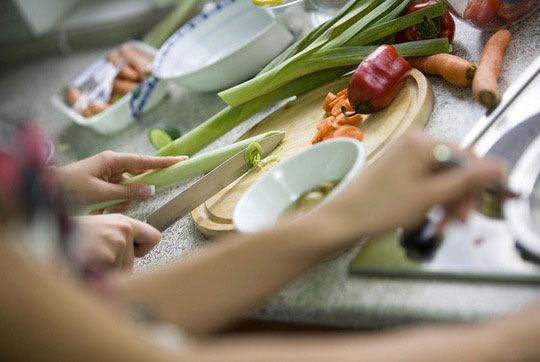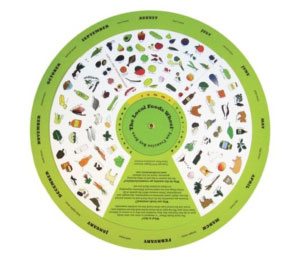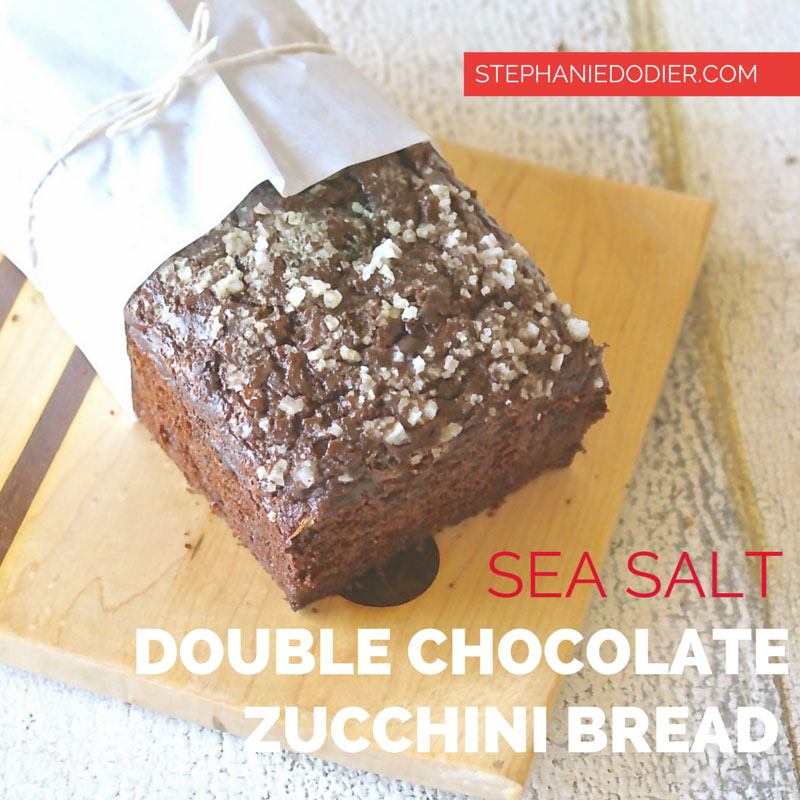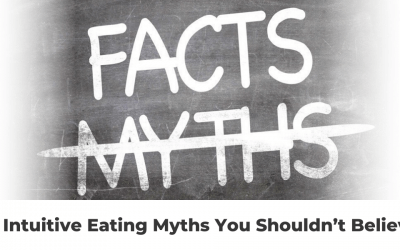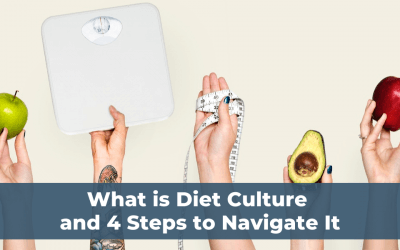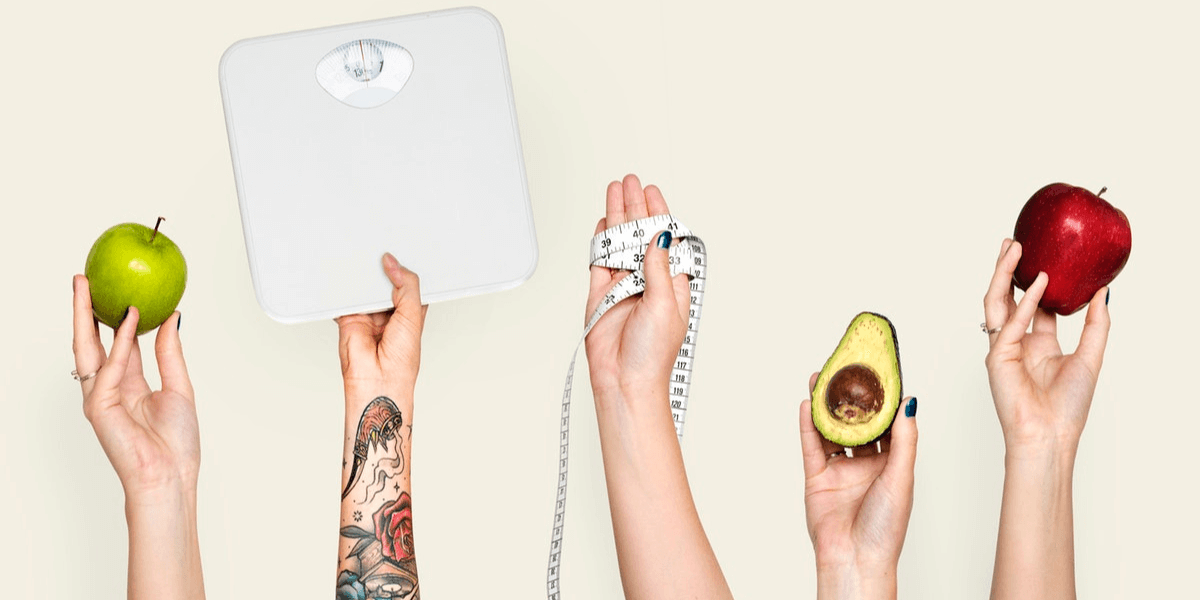Looking for a recipe for zucchini bread? When zucchinis are aplenty, you’d want to use this recipe. This bread is gluten free and delicious! But before we get into that, let’s talk about eating seasonally and why it’s good.
Eating seasonally is a trend right now… but what does it mean and most importantly, why should we care?
Eating seasonally simply means eating foods when nature produces them. This is what people around the world have done naturally throughout most of history well before mega-supermarkets dotted the landscape and processed foods became the norm.
Eating seasonally is also a cornerstone of several ancient and holistic medical traditions which is viewed as integral to good health and emotional balance as taught in my private and free online community.
Research on seasonal eating
In a research study conducted in 1997 by the Ministry of Agriculture, Fisheries, and Food in London, England, significant differences were found in the nutrient content of pasteurized milk in the Summer versus the Winter. Iodine was higher in the Winter and beta-carotene was higher in the Summer. The Ministry discovered that these differences in milk composition were primarily due to differences in the diets of the cows. With more salt-preserved foods in Winter and more fresh pastures in the Summer, cows ended up producing nutritionally different milk during these two seasons.
Eating seasonally means two things really: building meals around foods that have just been harvested at their peak and adjusting your diet to meet the particular health challenges of Winter, Spring, Summer and Fall.
While it may seem like a luxury to have any food we want, and anytime we want it, eating foods in season offers many benefits.
Benefits of Eating Seasonally
Saving money
Perhaps the biggest tangible benefit of eating seasonally is that you’ll save money on food. When you buy what’s in season, you buy food that is at the peak of its supply, and it costs less for farmers and distribution companies to harvest and get it to your grocery store. The ingredients in my recipe for zucchini bread will cost you only a few dollars, especially when zucchini is in season.
Nutrient density
As Japanese studies have demonstrated, the best consequence of eating seasonally is that you get the best tasting and healthiest food available. The same reasons that keep the cost of seasonal food down also drive its quality up. The food is grown closer to you so it doesn’t spoil on its trip, it’s harvested at the peak of its season, and sold during its season before it spoils. Ideally, this means you’re getting fruits and vegetables that haven’t had time to lose their flavor or their health benefits by sitting in a shipping container for a trip across the ocean.
Increase variety
Many of us are eating seasonally by default to a certain degree. In the Spring and Summer, we eat berries and stonefruit. Then as Summer turns to Fall, we turn our attention to apples, pumpkins, and squash. Part of that is because it is ingrained in our culture, but also because they’re seasonal and plentiful. Expanding your horizons a little more can open the door to more delicious food that you can get and prepare cheaply.
Support local, sustainable farmers
Some of these factors can be compounded if you also buy locally as well as seasonally. Just because you buy seasonally doesn’t mean that a huge food distribution company won’t harvest early and keep your food in a warehouse for a while. You’ll definitely get better food for less money, but there’s no guarantee you’ll get food at the peak of freshness, flavor, or nutrition. If you buy locally, you’ll have a better chance of getting foods that are seasonal, fresh, and support local farmers and businesses in your community.
Many of those local farms and businesses also likely offer organic or sustainable options if you’re looking for them. You may wind up spending more to put your money where your taste buds (or personal ethics) are, but it may be a trade-off that’s worthwhile to you in the long run.
How to Tell What is in Season
If you are already shopping at your local farmer markets then you know what is in a season by the abundance of fruits or vegetable available to purchase. If you mostly shop at a traditional grocery store, you may need help knowing what is in season. Here’s my favorite resource:
Sam at The second lunch has a great chart available that will indicate by month what produce is available. You can print or pin-up this chart for your convenience.
Also, you can find an application for iPhones that can quickly provide you with all the produce currently in a season by location: download here
Recipe for Zucchini Bread
PrintSea Salt Chocolate Zucchini Bread
- Prep Time: 20
- Cook Time: 40
- Total Time: 1 hour
Ingredients
- 1.5 cups shredded zucchini (water out), well packed (1 medium zucchini)
- 2 eggs, whisked
- ¾ cup sunbutter (or almond butter)
- ⅓ cup raw honey or maple syrup or 1 tsp stevia
- ¼ cup cocoa powder
- 2 tbsp. coconut flour
- 1 tsp. vanilla extract
- 1 tsp. cinnamon
- ½ tsp. baking powder
- ½ tsp. baking soda
- 1 tsp. sea salt
- 100 gr. 100% dark chocolate, chopped in small cubes (I used 100%)
- 2 tbsp. coarse sea salt (optional for topping)
Instructions
- Preheat your oven to 375 F.
- First, shred the zucchini. Use the shredding attachment on your food processor or use a cheese grater.
- You will need to remove the excess liquid from the zucchini using cheese cloth, paper towel or a tea towel. Zucchini has a lot of water so you will need to squeeze until the zucchini feels waterless.
- Place zucchini in a bowl with the rest of the ingredients (except the coarse sea salt) . Using a large spoon, mix well until all the ingredients are combined and you have a deep chocolate color.
- Grease a loaf pan using coconut oil. Pour the ingredients into a loaf pan.
- Sprinkle the coarse sea salt on top of the mixture.
- Place in oven to bake for 30-35 minutes or until toothpick comes out clean when you poke it.
- Enjoy!
Question: What’s your favorite recipe for zucchini bread? Share your recipe and let me know what you think of my sea salt zucchini bread!
